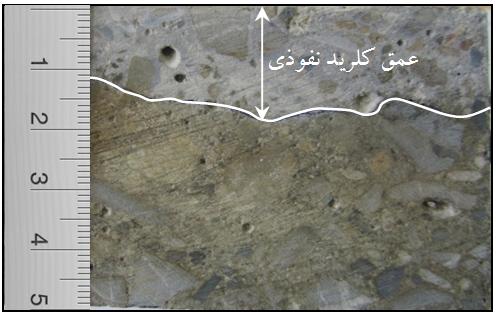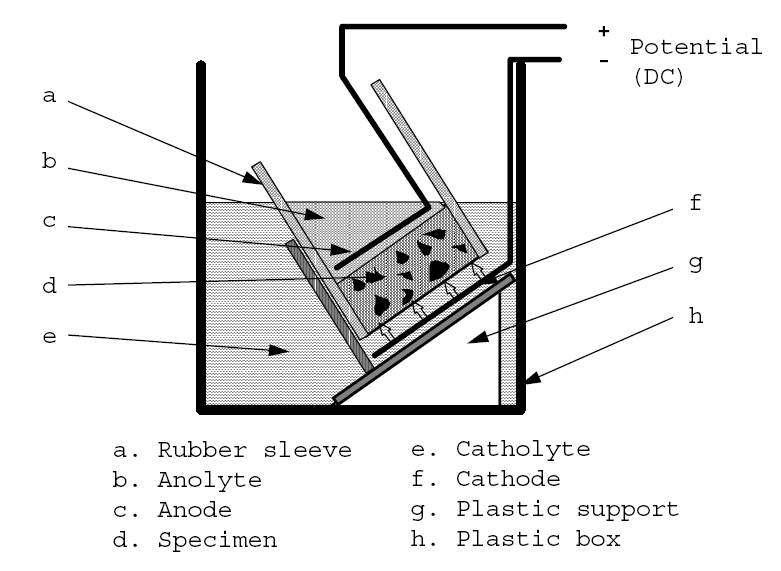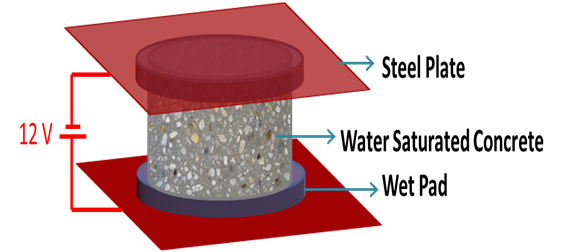- English
- فارسی
Corrosion Lab.
One of the main reasons for the widespread use of the RCPT method is the short time required to perform this test. In this test, the total amount of current passing through a saturated concrete sample at 60 volts over a period of 6 hours is measured. All samples are placed in a 1 mmHg vacuum chamber as standard to ensure saturation.
Concrete Strength Test :
Specific strength is one of the important physical properties of concrete. This property is related to other properties of concrete such as water saturation, chloride penetration resistance and corrosion rate. Measuring the specific strength of concrete is a good tool for monitoring its other properties.
The test specimen is in the form of a cube or a cylinder. By applying voltage and measuring the current flow, the specific strength of concrete is calculated through the relevant relations.
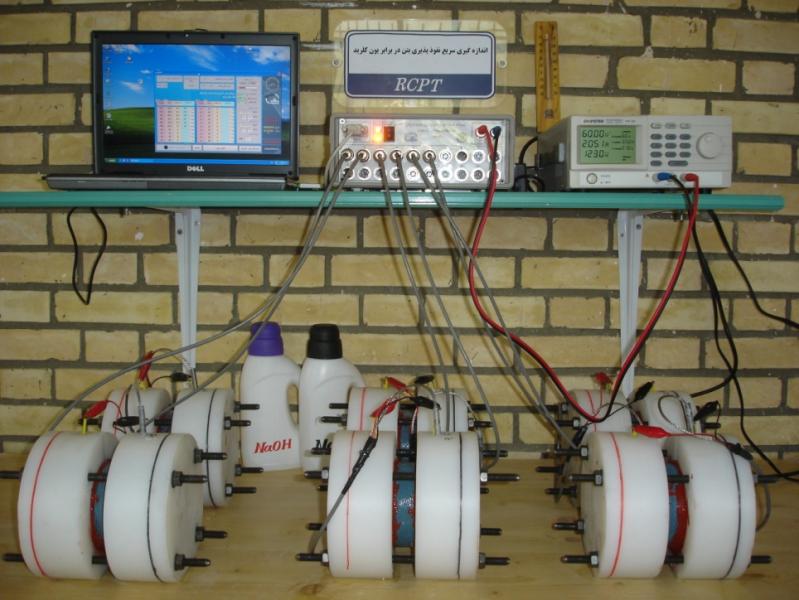
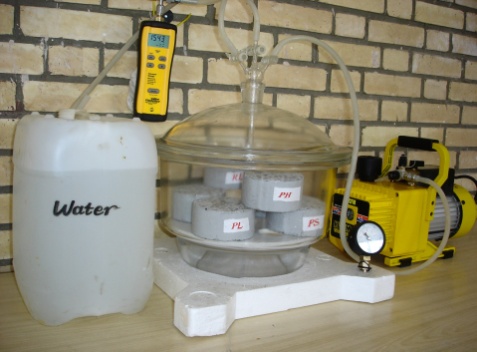
Methods that have shown good compliance with the results of long-term methods, The accelerated method is the transfer of chlorine ions into the concrete (RCMT). This method is based on AASHTO TP64 or NORDTEST BUILD 492 standard and is generally similar to RCPT method.
However, in this method, the voltage applied to the sample has changed due to the current passing through the sample and the volume of salt solution in contact with the sample has increased significantly. Test result In this method, instead of measuring the flow rate, the penetration depth of chlorine ion into the concrete sample is determined by splitting the sample after testing and spraying the reagent solution on its surface.
